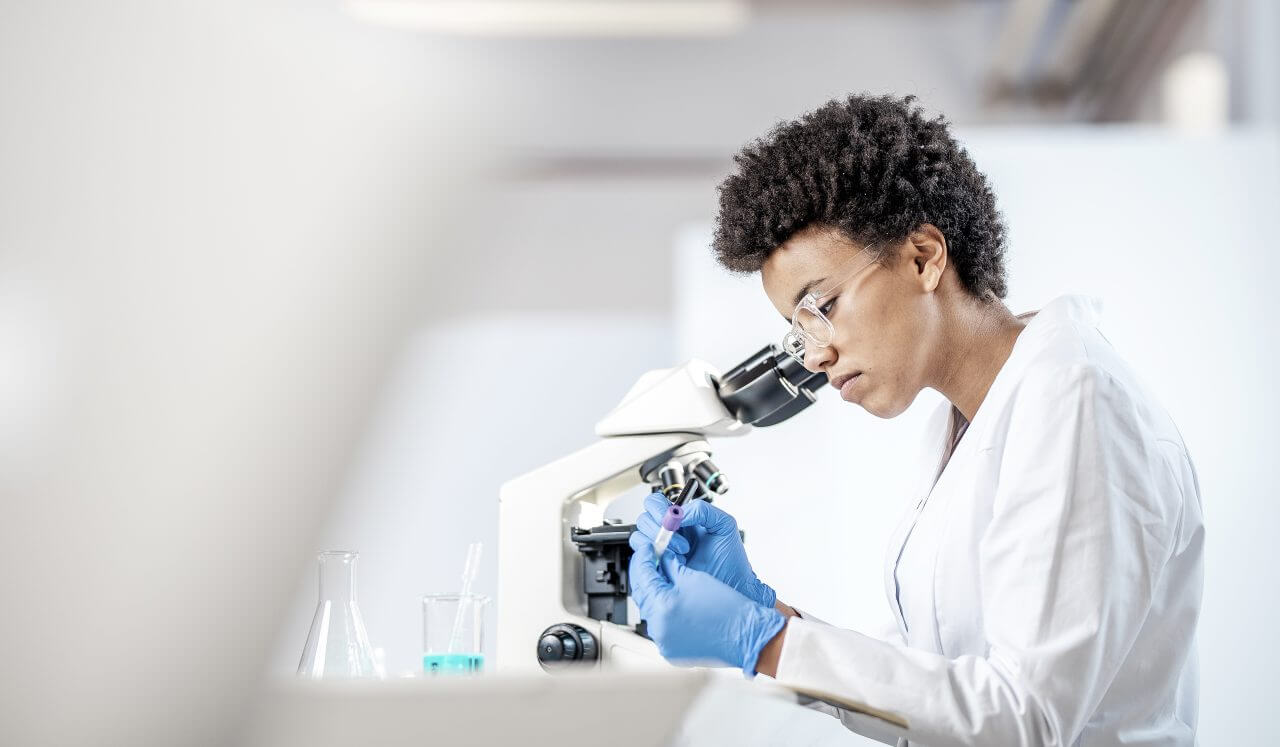What’s the Difference Between Cancer Cells & Normal Cells?

Cancer cells and normal cells are different on many levels. Some of the differences are well known, but others have just been recently discovered and are less well understood. Below, we’ll outline the differences between these two types of cells.
Cancer Cells vs. Regular Cells
Rate of Cell Growth
- Normal cells reproduce themselves and stop when enough cells are present
- Cancer cells continue to grow after enough cells are present. This overgrowth forms a cluster of cells, which causes the formation of a tumor
Lifespan of the Cells
- Cancer cells don’t have a regular lifespan and can grow uncontrollably, often spreading to other parts of the body.
- Normal cells mature, have a regular lifespan, and die when they get old or damaged.
Cell-to-Cell Communication
- Cancer cells don’t respond to signals from other cells warning of overgrowth.
- Normal cells respond to these signals and stop growing.
Cell Appearance
- Normal cells are uniform in shape.
- Cancer cells have an irregular shape.
Cell Repair
- Normal cells are either repaired or die when they’re damaged or get old.
- Cancer cells are either not repaired or don’t die.
Ability to Metastasize (Spread)
- Normal cells stay in the area of the body where they belong.
- Some cancer cells can detach and spread via the bloodstream and lymphatic system to other parts of the body.
Evading the Immune System
- Normal cells that are damaged are identified by the immune system and removed.
- Cancer cells can trick the immune system long enough to be able to grow into a tumor.
Stickiness
- Normal cells secrete substances that cause them to stick together in a group.
- Cancer cells fail to make these substances and can float away to locations nearby, or through the bloodstream or lymphatic system to distant parts of the body.
Blood Supply
- Normal cells attract blood vessels to grow and feed tissue as a normal part of growth and development when new tissue is needed to repair damaged tissue.
- Cancer cells do this even when growth isn’t necessary.
What Classifies a Cell as Cancerous?
As shown above, there are many differences between normal cells and cancerous ones. Here are the things that need to be bypassed for a cell to become cancerous:
- The cell needs to have growth factors that prompt it to grow even when growth isn’t necessary.
- The cell has to evade proteins that tell a cell to stop growing and die when they become abnormal.
- The cell needs to evade signals from other cells.
- The cell needs to lose the normal stickiness (adhesion molecules) that normal cells produce.
Connect with A Baptist Health Provider
As shown above, there are many differences between cancer cells and normal cells that can make up either malignant or benign tumors. There are also many differences between how these cells behave in our bodies.
Find a Baptist Health cancer care provider near you if you’re interested in getting a cancer diagnosis.
Next Steps and Useful Resources:
How to Help Prevent Lung Cancer by Reducing Your Risk
How to Help Reduce Your Risk for Colon Cancer
Take a Free Health Risk Assessment
Does Sugar Feed Cancer?
4 Things You Can Start Doing Now to Help Reduce Your Risk of Breast Cancer



